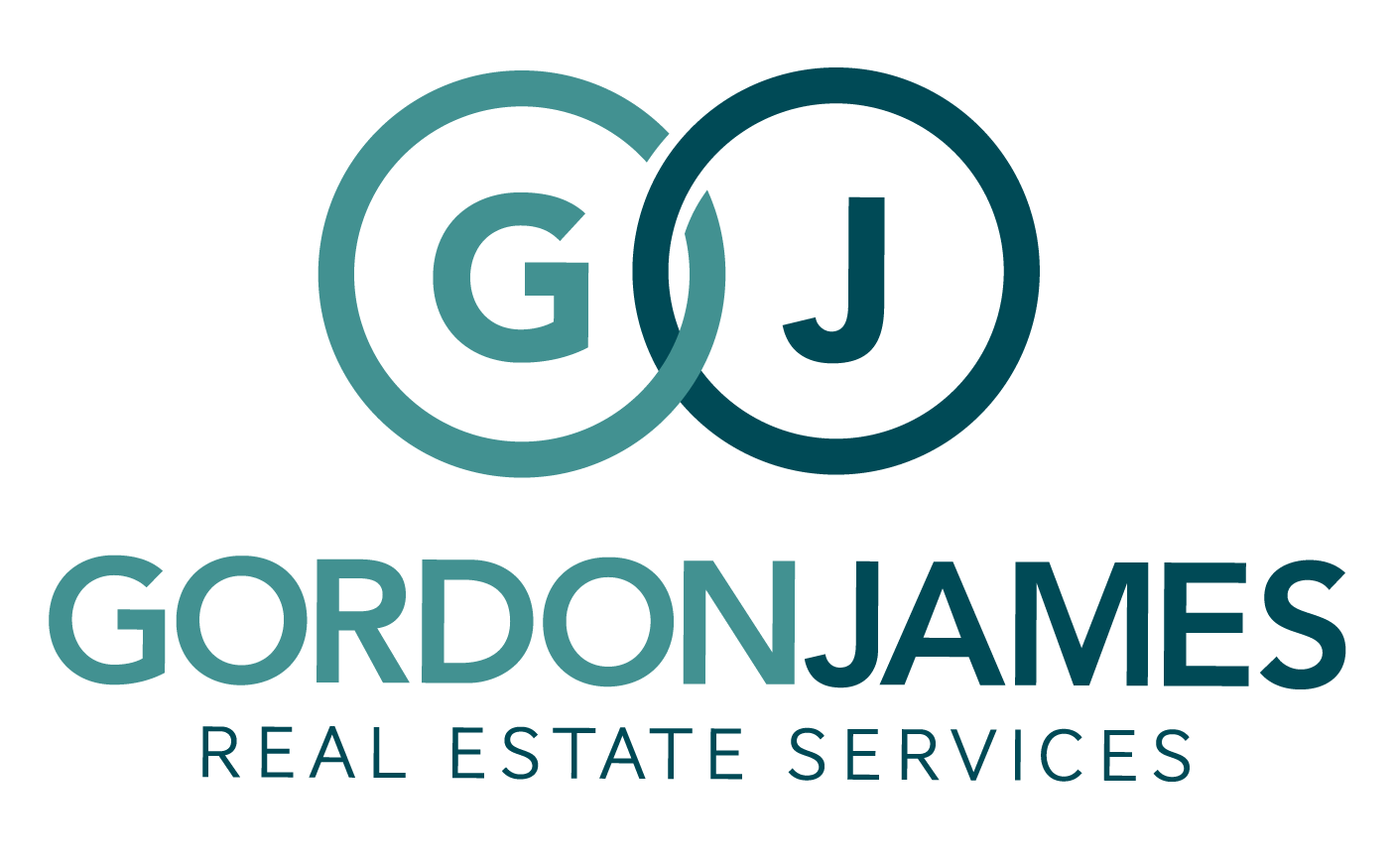Robert’s Rules Of Order Amending Documents: A How-To Guide

Knowing how to use Robert's Rules of Order for amending documents, especially the bylaws, is crucial for keeping organizations functional. Every member of an organization should take the time to understand the rules and procedures for making amendments.
Browse By Category
Sign up for Our Newsletter
Knowing how to use Robert’s Rules of Order for amending documents, especially the bylaws, is crucial for keeping organizations functional. Every member of an organization should take the time to understand the rules and procedures for making amendments.
Understanding Robert’s Rules of Order on Amending Documents
To suggest changes to the bylaws, members can offer their own amendments, following a set procedure. Usually, this means giving advance notice to all members about the upcoming vote on the amendment. This notice might need to be sent to the board or a bylaws committee.
If there is no notice requirement, another member should sign the notice to show support. Alternatively, you can mention the amendment at the previous meeting and make it part of the agenda for the next meeting.
The formal notice should include:
- The current bylaws;
- The proposed amendment; and,
- What will the bylaws look like if members accept the amendment?
Organizations often give a reason for the proposed change in the notice. This helps everyone understand what’s going on and ensures the change stays within the limits of what was said in the notice, protecting the rights of members who couldn’t be there.
When a bylaw amendment is discussed in a meeting, a member must officially suggest it. Someone else has to agree (a second), and then everyone can discuss it. Members can suggest changes that fit with what was said in the notice. Moreover, most members need to agree on the amendment.
Robert’s Rules of Order: Motions for Amendment of Documents
According to Robert’s Rules of Order, amending bylaws involves two motions: seriatim and proviso. Let’s discuss each one below.
1. Seriatim (Consideration Paragraph by Paragraph)
- Objective: The aim is to simplify the discussion and editing process of long documents by focusing on one paragraph at a time instead of the entire document.
- Needs a second? Yes.
- Debatable? No.
- Amendable? Yes.
- Majority vote required? Yes.
- Reconsideration possible? No.
- Outcome: If approved, the assembly moves forward to examine the document paragraph by paragraph. The chair begins with the first paragraph and continues in chronological order until reaching the end of the document.
In organizations, it’s common to review and change their bylaws paragraph by paragraph. But if the chair doesn’t do it this way, a member can suggest a motion called “seriatim.” If everyone agrees, they’ll go through the bylaws paragraph by paragraph, discussing and making changes.
It can also happen the other way around. If the chair plans to review the bylaws paragraph by paragraph, a member can suggest a motion to look at the whole document at once instead.
If someone suggests to postpone indefinitely while they’re reviewing the bylaws paragraph by paragraph, the chair will acknowledge it, but they won’t vote until they finish discussions seriatim. This is because there are still other important motions members can make.
However, if someone motions to refer to a committee, lay on the table, or postpone, the chair will immediately deal with those suggestions. If approved, they’ll take effect immediately. When they come back to discussing the bylaws, they’ll pick up right where they left off, going through them paragraph by paragraph.
2. Proviso
- Objective: To postpone the start date of a bylaw change.
- Needs a second? Yes.
- Debatable? Yes.
- Amendable? Yes.
- Majority vote required? Yes.
- Reconsideration possible? Yes.
- Outcome: If agreed upon, a bylaw change will come into effect later as stated in the provision.
A “proviso” is a type of motion that lets members decide when a change to the bylaws will take effect.
There are three ways to handle a proviso:
- When discussing a change to the bylaws, a member can propose adding a condition like “this change won’t start until…”
- During the discussion, a member can suggest that the change should start at a certain time.
- If the transition from the old bylaws to the new ones is complicated or if there are lots of conditions, they might be listed on a separate document attached to the revision.
Even if a proviso delays when a change starts, the change still becomes part of the bylaws immediately. If it’s going to take effect far in the future, make a note of that in the bylaws.
Robert’s Rules on Amending Bylaws: How to Do It
As per Robert’s Rules, bylaw amendments should generally follow the steps below.
1. Form a Committee
When an organization decides to revise its bylaws, it should create a diverse committee with members who can ask questions and propose changes. The committee aims to resolve internal disagreements and avoid conflicts when presenting to members. All members should be encouraged to submit suggestions to the committee, ensuring a comprehensive review without political influences.
2. Amend and Notify
Once the committee finishes the proposed revision, it must follow the amending procedure outlined in the bylaws. The organization should send its members a copy of the revision, along with a letter explaining significant changes.
3. Discussion and Vote
A bylaw revision completely replaces the current bylaws. If rejected, no changes occur. If members appreciate certain aspects of the revision but reject it, they can propose liked sections as amendments to the existing bylaws.
A revision is similar to introducing new bylaws, subjecting every part to potential changes by the membership. Typically, the revision is considered article by article, allowing for discussion and amendments to interconnected articles before voting on the revised document.
Presenting a bylaw revision in a special meeting or series of meetings allows members to consider it carefully. During the meeting, the committee chairman gives a report and moves the adoption of the bylaw revision. Each article is then read and explained, followed by member discussions, questions, and potential amendments.
After reviewing all articles, the revised version is open for additional discussion, debate, and amendments. The final vote on the amended revision requires a two-thirds majority. The adopted revision immediately replaces the existing bylaws, while defeat means the current bylaws remain unchanged.
Robert’s Rules of Order Amending Documents Explained
According to Robert’s Rules of Order, a clear framework exists for amending documents. This framework ensures a systematic and fair approach to revisions and changes, particularly regarding the bylaws. By adhering to these guidelines, organizations can navigate the amendment process with precision, transparency, and inclusivity.
Up Next:
- A Brief Guide To Special Rules Of Order In Robert’s Rules
- Robert’s Rules Of Order Suspension Of Rules: An Explainer
- Most Common Robert’s Rules Of Order FAQs Answered
Trending Now
Related Article
Sign up for Our Monthly Newsletter
Sign up below for monthly updates on all HOA Resource
















